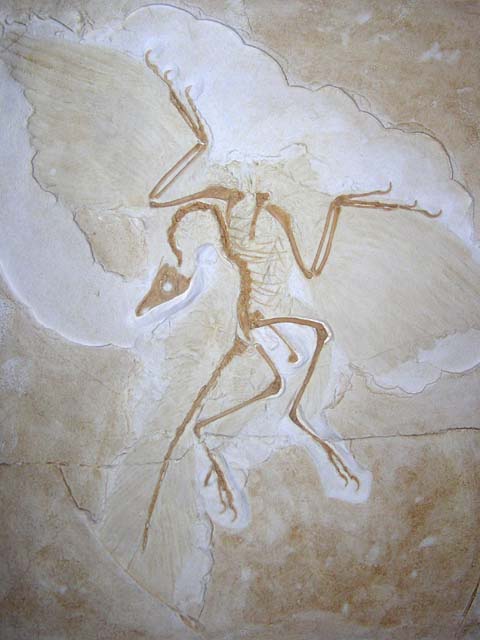
We've moved! Visit us at www.scienceinseconds.com
If only I had come up with the Casual Swearing Appreciation Society. What's next? "People who like eating chocolate with shoestrings" activism?
The CSAS (the preferred abbreviation is, of course, a foul word) doesn't have a website but does have a rapidly growing facebook group. Their president - Rohan Byrt - does sound like a real name, I mean, it's not "Homer Sexual" or anything like that. But why have they suddenly appeared in the news? A recent study published in the journal NeuroReport suggests that people who swear in response to pain can tolerate more than their sweet-lipped counterparts. So - next time you slam your fingers in your car door - have no shame and let that swear rip.
But, it makes me wonder - is there some rebellious endorphin coursing through your body when you swear that masks the pain? Or is it just that swears are harsh-sounding words? "Oh fooey" or "poopers" doesn't have the same sense of relief as "Holy F*&$". I propose a new study, one that substitutes those taboo swear words for others that are equally harsh:
For example:
Instead of "S@%!:" - say "Saugen" - German for vacuum
Instead of "F*&$" - say "Ryuken" - Street Fighter for attack
My hypothesis - shouting anything that has that gutteral cry will be an equal substitute for the words that may offend our sensitive-eared neighbours.
-- Torah Kachur












